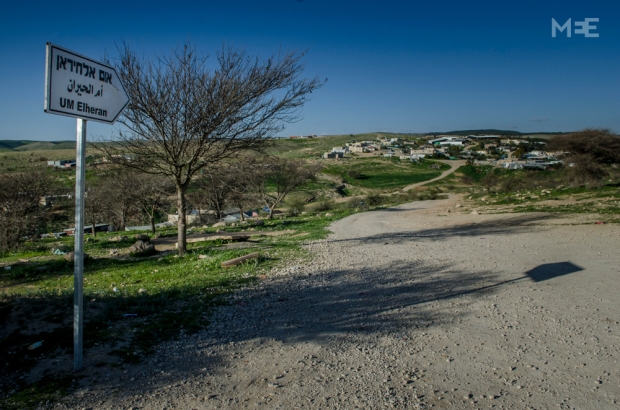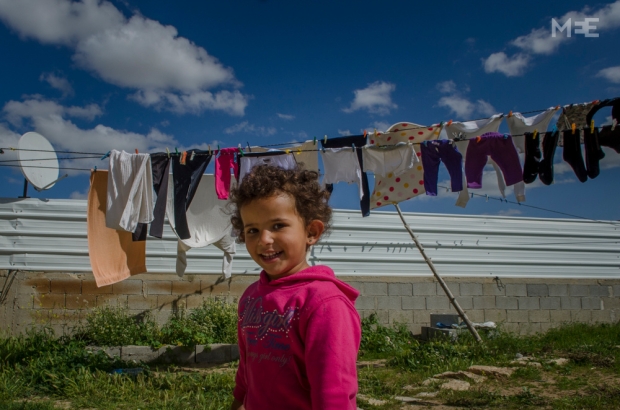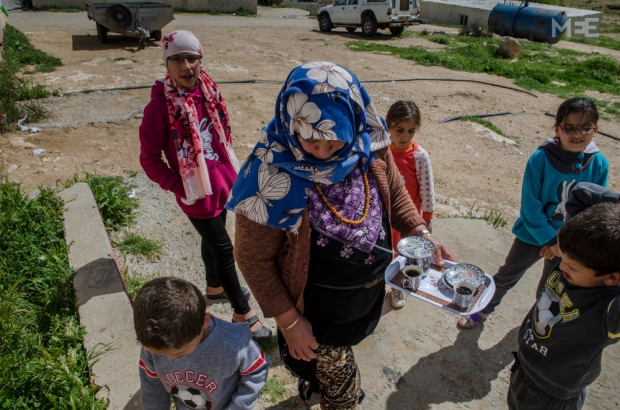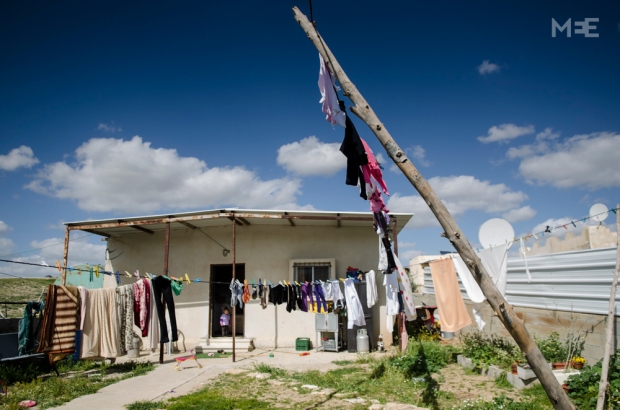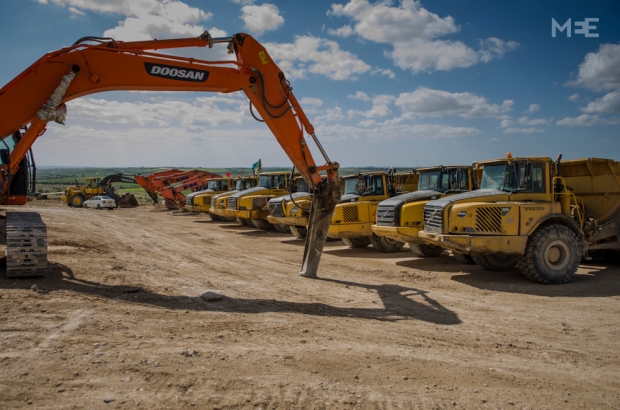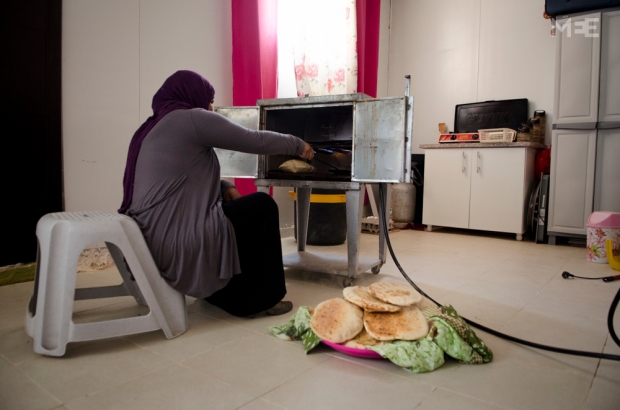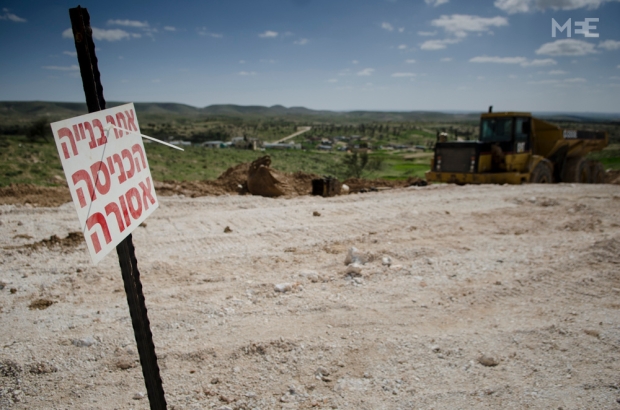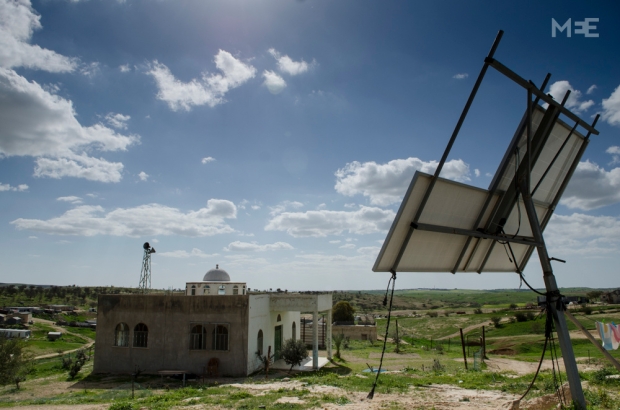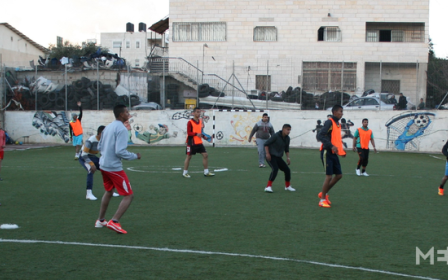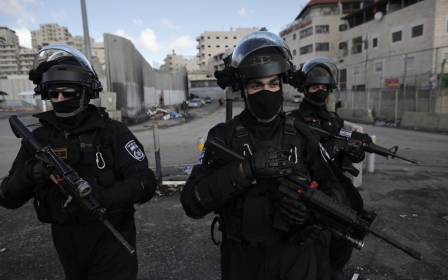The Bedouin village about to be destroyed to make way for Jewish community

Residents of the Bedouin village of Umm al-Hiran in the Negev desert in southern Israel face an imminent threat of displacement as their village is due to be demolished by Israeli authorities.
Despite being moved to the area by military order in 1956, the community was considered illegal or “unrecognised” by the state of Israel. After a 13-year legal struggle, the Israeli Supreme Court recently delivered its final judgement against the village: Umm al-Hiran will be demolished.
1. The Bedouin village of Umm al-Hiran is located in the Negev desert in southern Israel and is home to about 500 people from the Bedouin tribe of Abu al-Qi'an. It is one of 35 villages in the area that remain unrecognised by the state of Israel, which means the residents, all Israeli citizens, have never been granted building permits, basic services or infrastructure.
2. The village of Umm al-Hiran is deemed unrecognised in spite of the fact that its residents were placed there in 1956 by an Israeli military order. Since then, generations of villagers have built their homes and lives on this land. Today, however, Umm al-Hiran is facing an impending threat of destruction.
3. Kamle Abu al-Qi'an serves coffee outside her home, surrounded by children of the village. “I was born and grew up in Umm al-Hiran,” she said. “I married, I raised my children here and today I’m a grandmother. Now they want to kick us all out. Why?”
4. The reason Israeli authorities have judged the demolition of Umm al-Hiran necessary is because they want to build a new town called Hiran in its place. The difference is that Hiran will not be a town for the Negev's Bedouin population, but for a religious Jewish community.
5. In May 2015, after a 13-year legal battle led by the Adalah legal centre on behalf of the villagers, the Supreme Court decided to uphold the eviction and demolition orders against Umm al-Hiran. Trucks and bulldozers can now be seen working around the Bedouin village, preparing for the destruction and construction.
6. A final appeal on behalf of the villagers was rejected by the Supreme Court in January on the grounds that the case is not ''exceptional''.
"Just as it was not exceptional during the Nakba in 1948 when hundreds of Palestinian villages were destroyed, in 2016 the Supreme Court still says it is not an exceptional policy in the state of Israel," said Adalah attorney Suhad Bishara.
7. If implemented, the Supreme Court decision will result in the mass destruction of the entire village of Umm al-Hiran and the forced displacement of 500 people. Having been expelled from their ancestral lands in 1948 and moved to their current location in 1956, this would be the third time the Abu al-Qi'an tribe has been displaced from its homeland.
8. The absurdity of the situation is reinforced by the seemingly boundless, uninhabited desert landscape surrounding the village.
“They could build not only one Hiran, but [dozens] of Hirans in the vast, empty space surrounding our village,” said Raed Abu al-Qi'an, a resident of Umm al-Hiran and one of the leaders of the popular struggle to save the village.
9. Instead, the state has suggested moving the villagers to the nearby Bedouin township of Hura, one of the poorest in the country. Already severely overcrowded, it lacks sufficient services, housing plots and infrastructure for its current residents. The population of Hura is therefore opposed to accepting a large wave of new residents.
10. In addition to the injustice of an entire village population being uprooted against their will, such a move would also mean a change in lifestyle for the population from agricultural to urban life. As such, this forced urbanisation serves the state’s long-standing goal of concentrating the Bedouin population on the smallest possible area of land in the Negev - no matter what the consequences.
11. Life in the unrecognised villages holds many challenges, no doubt aimed at pressuring the residents to leave the land. However, despite decades of oppression and discrimination, the population of Umm al-Hiran has proved remarkably persistent and today they continue their struggle to defend their traditional way of life.
12. “If the Israelis want us to grow up with hatred and racism, we will. But if they want to live in peace, they need to be willing to work out a solution that all parties are happy with, not one that suits only them,” said Raed Abu al-Qi'an. “It is completely unreasonable that someone else should be telling us how to run our lives.”
13. Unfortunately, the future of Umm al-Hiran looks bleak. While it is clear that alternatives to the current situation do exist - the village could be recognised as is or included as a neighbourhood in the master plan for Hiran, the state has refused to consider any just solution for all of its legal citizens.
New MEE newsletter: Jerusalem Dispatch
Sign up to get the latest insights and analysis on Israel-Palestine, alongside Turkey Unpacked and other MEE newsletters
Middle East Eye delivers independent and unrivalled coverage and analysis of the Middle East, North Africa and beyond. To learn more about republishing this content and the associated fees, please fill out this form. More about MEE can be found here.


